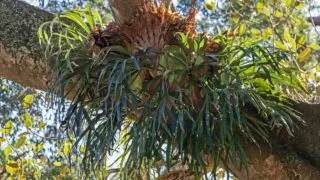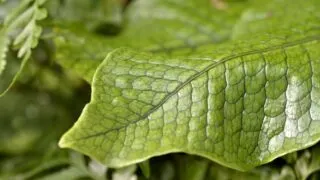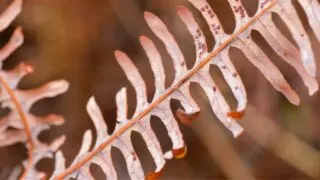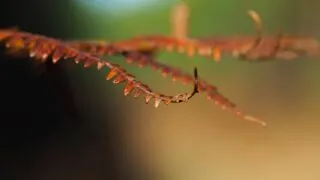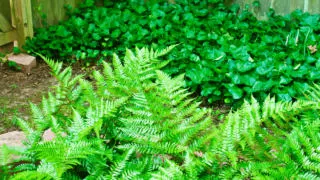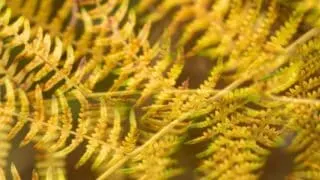Gardening enthusiasts are always in search of unusual plants that have unique growing habits and appearances. Platycerium Bifurcatum or Elkhorn Fern is native to Eastern Australia, New Guinea, and Java. All the fern varieties in the Platycerium genus come from the Polypod family. This plant is named after the Elk horns that resemble the fronds. This …
Ferns
There is a new plant in the market for fern lovers. Coming from Australia and Southeast Asia, the Microsorum Crocodylus or Crocodile Fern has unique textured foliage. Its botanical name is Microsorum musifolium Copel., according to Exotic Rainforest. Despite being named after crocodiles, the fern’s leaves are delicate. Each fern variety has its own unique …
Ferns are lovely, versatile additions to the home and garden and are exceptionally hardy plants that are easy to grow. On occasion, they may present problems related to their environmental conditions, but the good news is that they are easy to revive and, when caught in time, there is a strong chance that a fern …
Ferns are members of a particular group of vascular plants that don’t produce seeds and flowers to reproduce. Instead, ferns reproduce through the production of spores. They are what are known as ‘vascular’ plants and contain uniquely formed tissues that conduct water and nutrients. Fern leaves are known as fronds and are composed of a …
Ferns are among the plants that do not flower. Although similar to flowering plants, Ferns have a root system, possess leaves, and have stems but do neither carry flowers nor seeds. Since these plants do not have flowers or seeds to reproduce, they reproduce sexually through tiny spores. The stunning leaves of Ferns are referred …
Ferns are a beautiful plant addition to both indoor and outdoor gardens. Too often, though, they have challenges that cause some fern leaves (typically called fronds instead of leaves) to turn yellow and sometimes brown. This is normal and usually not a cause for alarm. However, if you notice a large amount of the fronds …

